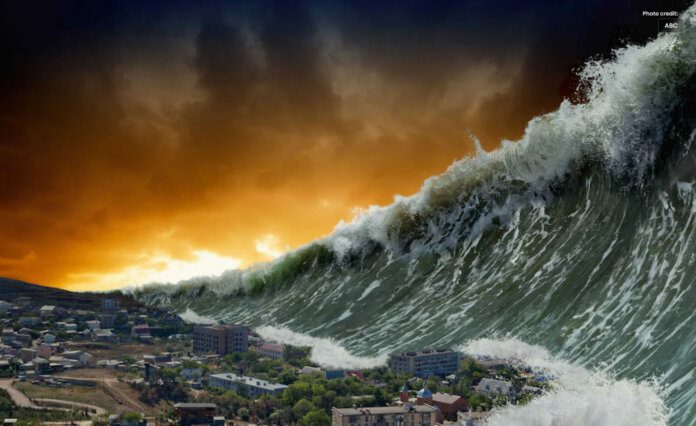Tsunami Alert After 7.7-Magnitude Quake Near New Caledonia on May 19.
Tsunami warnings has issued to nations in the South Pacific.
The Pacific tsunami Warning Centre (PTWC) declared potential tsunami warnings for New Caledonia, Vanuatu and Fiji, , while Australia’s meteorological agency issued a warning for Lord Howe Island, which situated off its east coast.
The USGS reported that the earthquake occurred at a depth of roughly 24 miles or 38 kilometers.
According to New Zealand, the country was still determining whether the earthquake put its coasts at danger from tsunami. In a warning, the civil defense organization of the nation stated that it anticipated severe and unusual currents as well as erratic surges at the shore in New Zealand’s coastal regions.
Due to US authorities, there is a chance of waves up to one meter in Vanuatu but less than 30 cm in 25 island groupings, including Tonga and Tuvalu.
According to the Pacific Tsunami Warning Centre, several Vanuatu coasts could see tsunami waves that are between 0.3 and 1 meters above tide level.
It stated that 25 island groupings, including Tonga and Tuvalu, would see waves below that threshold.
Due to a representative of the Vanuatu Meteorology and Geo-Hazards Department:
The government of Vanuatu advised its inhabitants to go to higher ground after receiving calls from persons experiencing shaking on the southern islands.
The approximately 450 residents of Lord Howe Island, off the east coast of Australia, has advised to evacuate the water’s edge because of waves and strong currents from the weather bureau of Australia.
In reference to the Thompsons General Store on Lord Howe Island, Damien Ball commented, “We aren’t moving to higher ground and we probably won’t.
According to the USGS, the South Pacific is one of the seismically active regions of the world because of the Australia and Pacific tectonic plates’ rapid convergence and ongoing collision.




